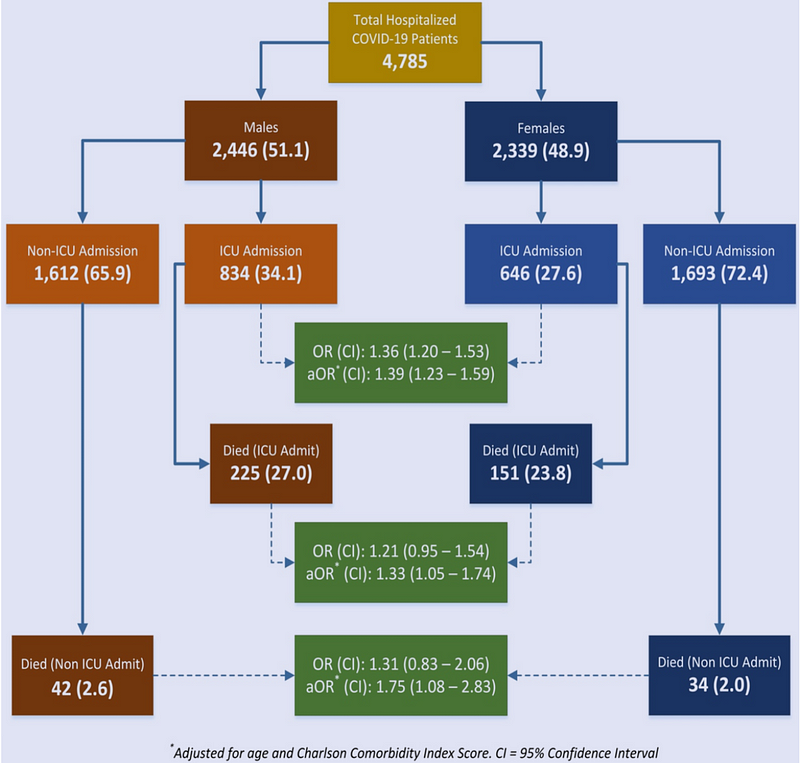Higher Male Susceptibility to COVID-19: A Closer Look
Written on
Understanding COVID-19 Vulnerability
Recent research has established a concerning trend: men exhibit a greater susceptibility to COVID-19. This study highlights that men are not only more prone to contract the virus but are also at a higher risk for severe complications and mortality.
Despite a mix of news surrounding the pandemic, the situation remains dire, with over 100 million infections and 2.1 million deaths reported worldwide. The emergence of new variants, which appear more contagious and potentially more lethal, adds to the challenges faced by health authorities.
On a positive note, three vaccines are currently in use across various nations, with additional options on the horizon. Early data indicates these vaccines may be effective against emerging variants. However, the distribution process has encountered significant hurdles, undermining equitable access. The COVAX initiative, intended to facilitate fair distribution, has faced criticism for its ineffectiveness.
While North America sees a decline in cases, Europe continues to struggle with the pandemic. There remains much to learn about the virus in order to control its spread and develop effective treatments. The creation of a vaccine is merely the initial step in a lengthy journey.
In a previous article from May 2020, I noted that the mortality rate from COVID-19 was notably higher among men than women. Additional studies further support the idea that men are more susceptible to severe outcomes from the virus.

Insights from Research
“Sex disparities in COVID-19 vulnerability are evident, highlighting the necessity of analyzing sex-disaggregated data to enhance our understanding of the biological mechanisms involved. This could lead to tailored treatment strategies and more effective risk assessments for patients.”
~ Farhaan Vahidy, Lead Researcher

A study by the CDC, published in July 2020, suggested that men might underestimate the risks associated with COVID-19. They often disregard preventative measures, such as social distancing and wearing masks, and are more likely to participate in high-risk activities like public gatherings. While the report acknowledged biological differences between genders, it proposed that psychosocial and behavioral factors may play a larger role in these epidemiological disparities.

Recent research has leveraged a larger sample size to substantiate the hypothesis that biological differences impact the way COVID-19 affects men and women. The study analyzed Electronic Medical Records (EMRs) from 96,496 adults over 18 who were tested for SARS-CoV-2 between March 6 and August 22, 2020, in Houston, Texas.
Led by Farhaan Vahidy from the Houston Methodist Research Institute, the findings revealed that men are more likely to test positive for COVID-19, experience complications, and succumb to the virus compared to women. These disparities persisted even after accounting for factors such as age, race, ethnicity, marital status, insurance type, median income, BMI, smoking habits, and 17 comorbid conditions.
This observation is not unique; similar gender differences have been documented in other diseases as well. For instance, Parkinson’s disease is more frequently diagnosed in men, while women are more often affected by Alzheimer’s disease. Recognizing these differences can enhance disease management and intervention strategies for both genders in the context of the ongoing pandemic.
The complete research findings were published in the Journal PLOS ONE.

Stay informed with the content that matters — Join my mailing list
Chapter 2: The Impact of Gender on COVID-19 Outcomes
This video, titled "How Coronavirus Targets Your Lungs – Dr. Berg," explores the physiological effects of COVID-19 on the respiratory system and the implications for different demographics.